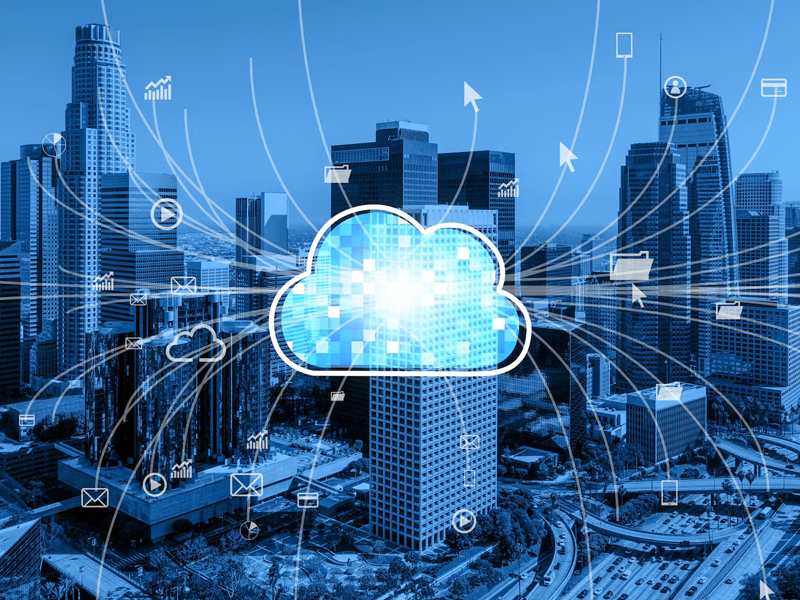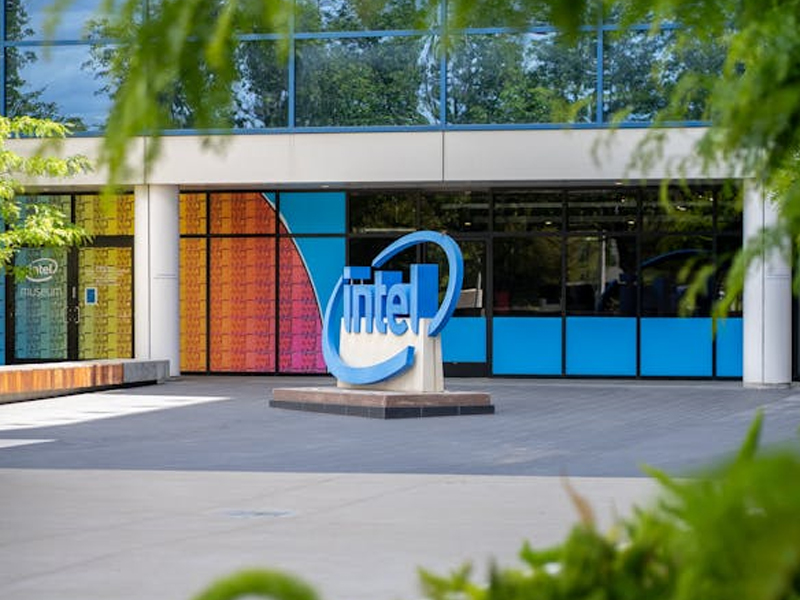Cloud Storage: Powering Progress or Polluting the Planet?

Tech news
Lifting the Lid on Data Centers
The engines driving the cloud are massive data centers – sprawling facilities housing server banks, storage systems, and complex networking equipment. These data centers operate 24/7, constantly consuming vast quantities of energy to maintain optimal operating temperatures for the sensitive hardware. Studies suggest this relentless energy demand translates to a significant portion of global carbon emissions, with estimates ranging from 1.5% to 2% [1, 2]. To put this in perspective, the carbon footprint of data centers can rival that of entire countries. It’s a sobering reminder that our insatiable demand for data storage comes at a cost to the environment. The environmental burden extends beyond energy consumption. The manufacturing processes for data center equipment and the ever-growing problem of electronic waste (e-waste) disposal add to the equation.A Brighter Cloud on the Horizon: Sustainable Solutions
 The picture isn’t all bleak. There are encouraging trends suggesting a greener future for cloud storage. Here are some key areas paving the way for a more sustainable cloud:
The picture isn’t all bleak. There are encouraging trends suggesting a greener future for cloud storage. Here are some key areas paving the way for a more sustainable cloud:
The Rise of Renewable Energy
Cloud providers are increasingly recognizing the importance of clean energy sources. Many are making significant investments in solar, wind, and other renewable energy solutions to power their data centers. This shift towards renewables has the potential to dramatically reduce the carbon footprint of the cloud.Efficiency is King
Advancements in server technology, cooling systems, and data center design are leading to significant improvements in energy efficiency. Newer server models generate less heat, requiring less energy for cooling. Additionally, innovative cooling techniques utilizing outside air or water evaporation are helping to further reduce energy consumption.Consolidation and Optimization
The trend of consolidating smaller data centers into larger, more efficient facilities is gaining traction. These larger data centers can leverage economies of scale to optimize energy usage. Furthermore, cloud providers are implementing data storage best practices like eliminating redundant data and utilizing compression techniques to minimize the overall energy footprint.The Power of User Choice
As consumers, we can play a crucial role in promoting a greener cloud. Being mindful of our storage habits can make a difference. Uploading only essential data, deleting unused files regularly, and choosing cloud providers with a strong commitment to sustainability are all ways to contribute to a more eco-friendly cloud ecosystem.Building a Sustainable Cloud Together
 The cloud offers undeniable benefits for businesses and individuals alike. However, its environmental impact requires our collective attention. By embracing renewable energy solutions, continuously improving data center efficiency, and making conscious choices as users, we can navigate towards a cloud storage future that benefits both progress and the planet.
The cloud offers undeniable benefits for businesses and individuals alike. However, its environmental impact requires our collective attention. By embracing renewable energy solutions, continuously improving data center efficiency, and making conscious choices as users, we can navigate towards a cloud storage future that benefits both progress and the planet.
Looking for a Greener Cloud Storage Solution?
Do your research! Many cloud providers are prioritizing sustainability initiatives. Look for companies that utilize renewable energy sources, boast energy-efficient data centers, and offer transparent information about their environmental impact. Together, we can ensure the cloud remains a force for progress without compromising the health of our planet.You Might Be Interested In:
Frequently Asked Questions?

01
Tech news
Tech for a Greener You: Apps to Empower Your Sustainable Lifestyle
May 3, 2024

01
Internet of Things
Tesla’s Robotaxi: A Driverless Future on the Autobahn (or Freeway)?
May 2, 2024

01
AI & ML
Meta Llama 3: Jack of All Trades, Master of None (But Still Free!)
May 1, 2024

01
Blockchain Technology
Mixed Signals: Decoding Intel’s Stock Slump Despite Earnings Beat
Apr 29, 2024
SUSBSCRIBE TO OUR NEWSLETTER
Join our subscribers list to get the latest news and special offers.
Tech for a Greener You: Apps to Empower Your Sustainable Lifestyle
Tesla’s Robotaxi: A Driverless Future on the Autobahn (or Freeway)?
Meta Llama 3: Jack of All Trades, Master of None (But Still Free!)
Don’t Trash Your Tech! Combating E-waste & Embracing Responsible Gadget Disposal